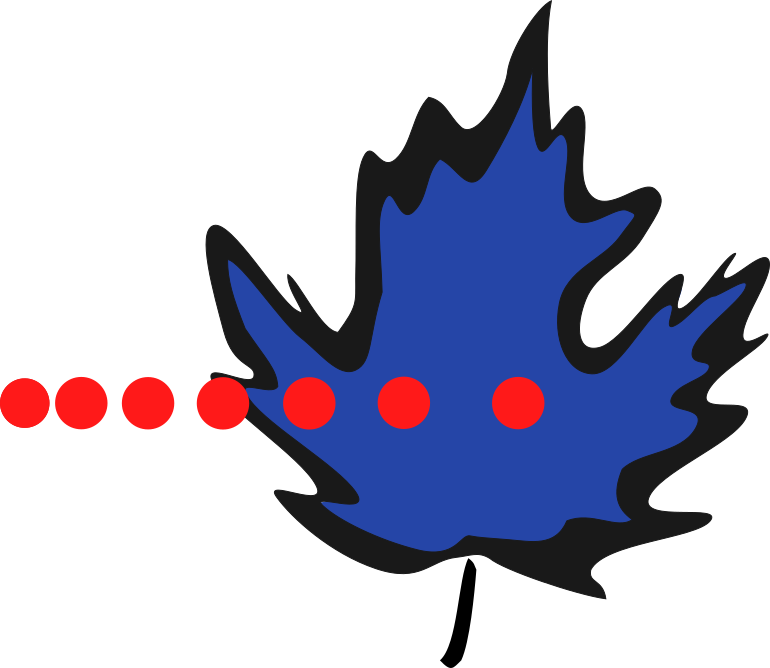Cholesterol and saturated lipid species preferentially partition into liquid ordered microdomains, such as lipid rafts, away from unsaturated lipid species for which the sterol has less affinity in the surrounding liquid-disordered membrane.
To observe how cholesterol interacts with unsaturated phospholipids, we have determined, from one-dimensional neutron scattering length density profiles, the depth of cholesterol in phosphatidylcholine (PC) bilayers with varying amounts of acyl chain unsaturation.
Through the use of deuterium-labeled cholesterol, we show that in (16:0-18:1 PC), (18:1-18:1 PC), and (18:0-20:4 PC) bilayers, the center of mass of the deuterated sites is approximately 16 Å from the bilayer center.
This location places the hydroxyl group of the sterol moiety at the hydrophobic/hydrophilic bilayer interface, which is the generally accepted position.
In dramatic contrast, for 20:4-20:4 PC membranes the hydroxyl group is found, unequivocally, sequestered in the bilayer center. We attribute the change in location to the high disorder of polyunsaturated fatty acids (PUFA) that is incompatible with close proximity to the steroid moiety in its usual "upright" orientation.
